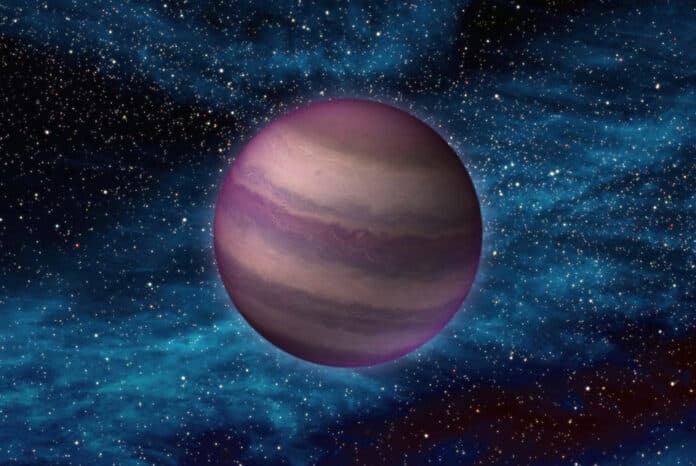Observation of the Most Compact Ultracool Dwarf Binary System on Record
Astrophysicists discover the closest and oldest ultracool dwarf binary ever observed.
Until now, astronomers had identified only three ultracool dwarf binary systems with short orbital periods, all of which were relatively youthful, with ages of up to 40 million years. However, a new study by astrophysicists from Northwestern University and the University of California San Diego (UC San Diego) has uncovered an exceptional system: the most compact ultracool dwarf binary system ever detected.

The ultracool dwarf binary system that has been recently discovered is called LP 413-53AB and comprises of two ultracool dwarfs. What makes this system remarkable is that despite being billions of years old, its orbital period is at least three times shorter than any other known ultracool dwarf binary systems.
The two stars in the LP 413-53AB system are incredibly close, completing a full orbit around each other in less than 24 hours, and each star has a year that only lasts 17 hours. Chih-Chun “Dino” Hsu, who was in charge of the study at Northwestern University, expressed excitement about the discovery, stating that while such systems were predicted to exist, none had been found until now.
During a session on Stars and Their Activity on January 10, the team came across the LP 413-53AB system while exploring archival data. Astrophysicist Chih-Chun “Dino” Hsu, who led the study at Northwestern University, developed an algorithm that uses spectral data to simulate a star, allowing astrophysicists to analyze its chemical composition, temperature, gravity, and rotation. While examining the system’s spectral data, Hsu discovered that there were two stars entangled in a close binary, despite early observations suggesting only one star. The stars appeared as one due to the overlapping of their spectral lines. However, as the stars migrated in their orbit, the spectral lines separated into pairs and underwent opposite-direction shifts. Hsu used powerful telescopes at the W.M. Keck Observatory to observe the phenomenon for himself in March 2022. Subsequently, the team followed up with additional observations in July, October, December 2022, and January 2023 to further understand the LP 413-53AB system.
According to Professor Adam Burgasser, the team observed changes in the LP 413-53AB system in a matter of minutes, which is remarkable given that most binaries they follow have orbit periods spanning years. The real-time observation of the spectral lines moving apart confirmed Hsu’s model predictions. The distance between the two stars is about 1% of the distance between the Earth and the sun, and they were likely on top of each other when they were young. The team hypothesizes that the stars either migrated towards each other or came together after the ejection of a third, now-lost, stellar member. Further observations are needed to test these theories.
Studying similar star systems can provide insights into potentially habitable planets beyond Earth, said Hsu. Ultracool dwarfs are much dimmer than the sun, which means that any habitable planets in their habitable zone need to be much closer to the star. However, LP 413-53AB’s habitable zone distance is the same as its stellar orbit, making it impossible for habitable planets to form in this system. Since ultracool dwarfs are our sun’s neighbors, identifying potentially habitable hosts is useful, but the prevalence of close binaries among ultracool dwarfs could result in few habitable worlds to be found.
Journal Reference:
Chih-Chun Hsu, Adam Burgasser and Christopher A. Theissen. Discovery of the Exceptionally Short Period Ultracool Dwarf Binary LP 413-53AB. The Astrophysical Journal Letters. DOI 10.3847/2041-8213/acba8c
Do not forget to share your opinion with us to provide you with the best posts !




0 Comments